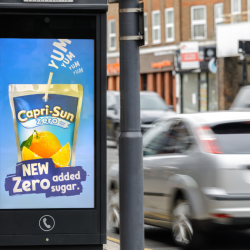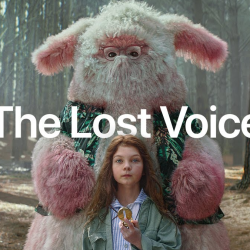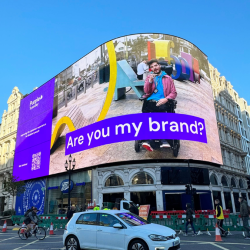Too many brands consider accessibility as an approach based on rigid rules instead of constructing it based on actual customer needs. A shop selling craft products targets a different demographic than a high-end retail store. So why do we not consider these distinctions when we design digital accessibility?
For too long accessibility has been a bolt-on, a consideration and a nice to have. In reality, brands are missing out on revenue and commercial advantage — as well as doing the right thing by their current audience and audience they are excluding — by not seeing it as usability.
Usability must be prioritised from the beginning
Brands must think about their digital platforms being usable rather than accessible. Businesses want their customers to perform an action — from checking out products to finding their physical store’s location — so should give people the digital tools to make it as easy as possible. Building in this approach by design makes accessibility a natural by-product.
For example, when creating a store finder, brands should use big touchpoints, large text and bold elements to make this both usable by the mobile user travelling as well as making it accessible. By not initially factoring in usability, brands may be forced to scrap and start again; or end up with a sub-par digital platform that ignores usability needs and isn’t inclusive for the widest possible audience.
In short, when you’re at the stage of ‘adjusting’ communications or platforms for accessibility, you’re compromising the work you’ve already made (albeit for the better). It’s far better to consider accessibility from the outset, as it may open opportunities to develop distinctive brand assets that incorporate usability.
Addressing accessibility too late sees everything become a compromise, with the digital platform’s overall usability often worsening rather than improving. When usability is tacked on at the end, the final product suffers.
The customer has to be front and centre
Instead, usability must be integrated into brand and creative development from the beginning. Brands must look inwards to pinpoint where issues of usability sit in their customer base. They must consider what their demographic needs and how they want to access the solution.
For example, prioritising colour contrast means that the one in twelve men with some form of colour blindness can understand the content being delivered alongside meeting a key accessibility requirement.
Another component brands must consider is the use of language. A significant proportion of the target audience lacks the technical knowledge of a brand’s copywriters, resulting in a communication gap. As an industry, we are guilty of creating content in a vacuum, assuming that people will read and engage with all of it.
People interact with content differently from how we envision it during the creative process. Testing at a desk is vastly different from how users interact with a digital platform in their daily lives. It’s like automotive ads boasting about miles per gallon. While the results may be impressive on a perfect, flat road with an empty car, the real test occurs in everyday driving conditions with a full boot and two children in the back seat.
It’s important to move out of the controlled environment and into the real world: go out and understand how people use your product, service or technology to ensure it is fit for purpose.
Boosting usability is a financial incentive
Whether we care to admit it, increasing a digital platform’s usability will positively impact your bottom line. Most large brands’ websites recognise that every customer lost in the purchasing journey translates to lost revenue. They invest considerably into optimising usability, understanding the importance of minimising the number of people who abandon their baskets.
In contrast, smaller brands and sites often don’t approach usability with the same mindset. Framing the issue in commercial terms makes all the difference. No brand wants to alienate its customer base because they are unable to use its website.
Customer data is key to understanding their behaviour in response to usability problems and improving their journey. For example, if data analysis reveals that 20% of users leave at a specific point, you should investigate why and remove the obstacles.
For now, there is a disconnect between recognising user drop-offs and addressing the underlying usability design flaws. Ensuring customers can understand product descriptions and functions, navigate a website easily, and sail through the checkout process, is essential for maximising the usability of a brand’s digital platform to reduce attrition.
‘Accessible’ audiences aren’t a discrete group of people — it can be anyone. Take examples like level train platforms and minimising steps in transport hubs, which help people with accessibility challenges, but simultaneously contribute to a smoother customer journey for all. By thinking about usability, you’re considering your whole audience and ensuring that none are excluded or alienated.
By prioritising usability, you not only support the consumers who need you most, but also improve everyone’s customer experience, increasing the likelihood of capturing the loyalty of your target audience.
Featured image: John Schnobrich / Unsplash


































